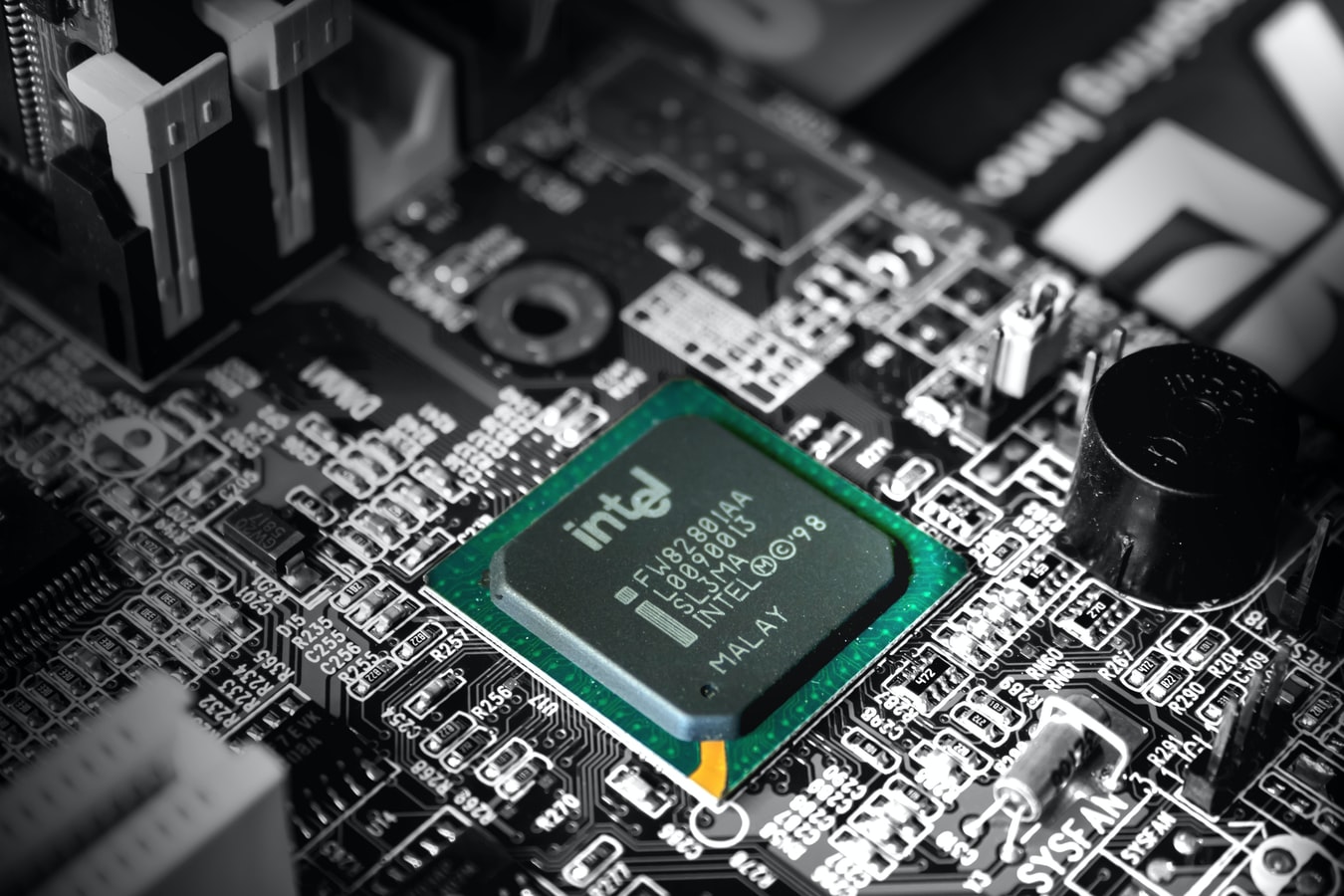Computer Org. and Architecture ( CS-404 )
( CS- 4th Sem )

Objective
Students to be familiarize with the basic principles of computer architecture, Design and Multi Processing, Types of data transfer, Concept of semi conductor memories which is useful for research work in field Computer System.
Course Outcomes
After Completion of this Course students can:
- Understand concepts of Basic Structure of Computer.
- Understand concepts of I/O Organization.
- Understand concepts of Memory Organization.
- Understand concepts of Multiprocessors.
Course Content
Main Contents of this course which students needs to learn are:
- : Structure of Desktop Computers, CPU: General Register Organization-Memory Register, Instruction Register, Control Word, Stack Organization, Instruction Format, ALU, I/O System, bus,CPU and Memory Program Counter, Bus Structure, Register Transfer Language-Bus and Memory Transfer, addressing modes. Control Unit Organization: Basic Concept of Instruction, Instruction Types, Micro Instruction Formats, Fetch and Execution cycle, Hardwired control unit, Microprogrammed Control unit microprogram sequencer Control Memory, Sequencing and Execution of Micro Instruction.
- Addition and Subtraction, Tools Compliment Representation, Signed Addition and Subtraction, Multiplication and division, Booths Algorithm, Division Operation, Floating Point Arithmetic Operation. design of Arithmetic unit.
- I/O Interface –PCI Bus, SCSI Bus, USB, Data Transfer: Serial, Parallel, Synchronous, Asynchronous Modes of Data Transfer, Direct Memory Access(DMA), I/O Processor.
- Main memory-RAM, ROM, Secondary Memory –Magnetic Tape, Disk, Optical Storage, Cache Memory: Cache Structure and Design, Mapping Scheme, Replacement Algorithm, Improving Cache Performance, Virtual Memory, memory management hardware.
- Characteristics of Multiprocessor, Structure of Multiprocessor-Interprocessor Arbitration, Inter-Processor Communication and Synchronization. Memory in Multiprocessor System, Concept of Pipelining, Vector Processing, Array Processing, RISC And CISC, Study of Multicore Processor –Intel, AMD.
Book References
Some books which will help you to learn this course:
- Morris Mano , “Computer System Organization ”PHI.
- Alan Clements: “Computer Organization and Architecture”, Cengage Learning.
- Subrata Ghosal: “Computer Architecture and Organization”, Pearson.
- Sarangi: “Computer Organization and Architecture”,Mc-Graw Hills.
- Chaudhuri, P.Pal: “Computer Organization and Design”, PHI.
- M. Usha, T.S. Shrikant: “Computer System Architecture and Organization”, Willey India.
- William stalling ,“Computer Architecture and Organization” PHI.
List of Experiments
Some experiments you can perform after completion of this course:
- Study of Multiplexer and Demultiplexer.
- Study of Half Adder and Subtractor.
- Study of Full Adder and Subtractor.
Some Programs List
Here are some program list to practice:
- Write a program to add two 8 bit numbers and store the result at memory location 2000.
- Write a program to multiply two 8 bit numbers stored at memory location 2000 and 2001 and stores the result at memory location 2000 and 2001.
- Write a program to add two 16-bit numbers. Store the result at memory address starting from 2000.
- Write a program which tests if any bit is '0' in a data byte specified at an address 2000. If it is so, 00 would be stored at address 2001 and if not so then FF should be storedat the same address.
- Assume that 3 bytes of data are stored at consecutive memory addresses of the data memory starting at 2000. Write a program which loads register C with (2000), i.e. with data contained at memory address2000, D with (2001), E with (2002) and A with (2001).
- Sixteen bytes of data are specified at consecutive data-memory locations starting at 2000. Write a program which increments the value of all sixteen bytes by 01.
- Write a program to add t 10 bytes stored at memory location starting from 3000. Store the result at memory location 300A.
Cousre Notes
For "Course Notes" you can refer our Notes Section for 2nd Year( Click Here )
